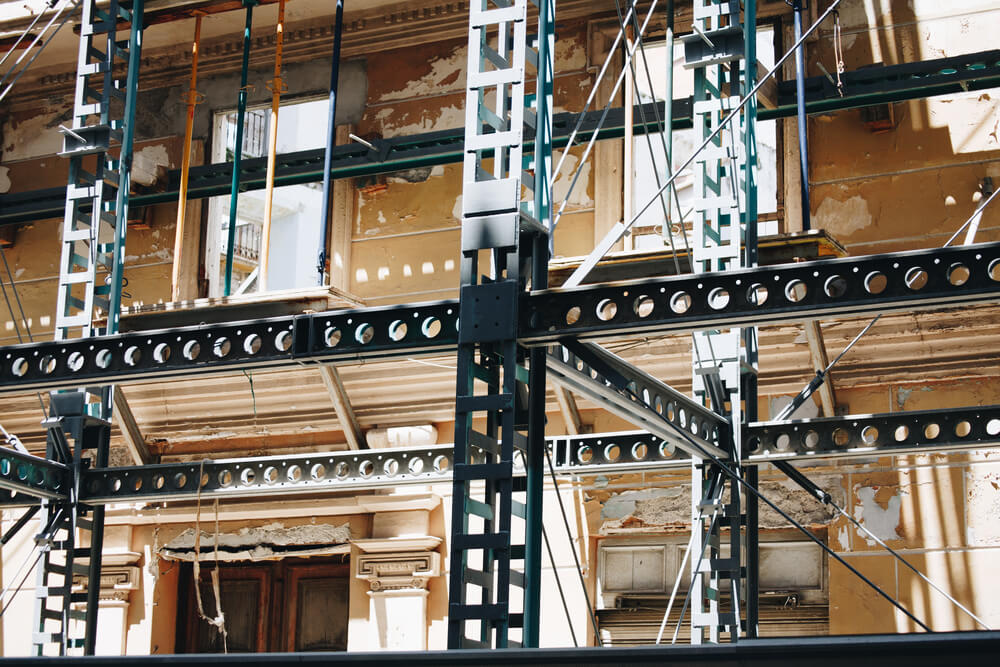
Retrofitting Existing Buildings for Automation: Unlocking Energy Efficiency and Sustainable Building Management
Introduction
Automation has become essential for efficient and sustainable building management in today’s fast-paced world. Retrofitting existing buildings for automation is crucial as it allows for optimized energy consumption, improved occupant comfort, and increased overall productivity. This article provides a comprehensive overview of the historical background, benefits, techniques, case studies, current trends, challenges, and future outlook of retrofitting existing buildings for automation.
Historical Background
Automation in buildings has a long history that spans several decades. Over time, advancements in sensors, controls, and communication protocols have revolutionized automation technologies for building management. The integration of automation in buildings has had a profound impact on energy efficiency and sustainability, enabling cost reduction and minimizing carbon footprints.
Key Concepts and Definitions
To fully comprehend retrofitting existing buildings for automation, it is important to understand key terms like retrofitting, building automation systems, sensors, actuators, and controls. Retrofitting involves seamlessly upgrading existing infrastructure with automation technologies. Building automation systems encompass various components like sensors, actuators, and controls that enable the automation of building functions. Additionally, knowledge about automation protocols and standards used in retrofitting existing buildings is crucial for successful implementation.
Main Discussion Points
Point: Benefits of Retrofitting Existing Buildings for Automation
Retrofitting existing buildings for automation brings numerous benefits. Firstly, it significantly enhances energy efficiency and reduces operational costs by optimizing resource usage. Secondly, it improves occupant comfort and productivity through smart control mechanisms, personalized settings, and improved indoor air quality. Lastly, retrofitting enables increased flexibility and adaptability of building systems, allowing for easy adjustments in response to changing needs and requirements.
Point: Retrofitting Techniques and Technologies:
Various techniques and technologies can be implemented to successfully retrofit existing buildings. Integrating building automation systems into the existing infrastructure ensures seamless communication and control. Upgrading HVAC systems plays a vital role in achieving better control and energy efficiency. Additionally, implementing smart lighting and shading solutions contributes to energy savings and enhanced occupant comfort. Integrating access control, security, and surveillance systems adds an extra layer of convenience and safety.
Point: Considerations for Successful Retrofitting Projects
Successful retrofitting projects require thorough building audits and assessments to identify areas that require automation. Evaluating the compatibility of existing infrastructure with automation systems is crucial to ensure a smooth integration process. Planning for scalability and future expansions is essential to accommodate potential growth and technological advancements. Furthermore, addressing cybersecurity concerns and ensuring data privacy is of utmost importance to safeguard building systems and sensitive information.
Case Studies or Examples
Real-world examples of successful retrofitting projects showcase the practical implementation and benefits of automation in existing buildings. These case studies highlight the challenges faced and solutions implemented, shedding light on the potential outcomes and benefits achieved through retrofitting for automation.
Current Trends or Developments
Recent advancements in automation technologies have brought significant changes to retrofitting practices. The integration of the Internet of Things (IoT) enables seamless connectivity and data exchange between different building systems, enhancing automation capabilities. Additionally, research findings on the impact of retrofitting on energy savings and sustainability provide valuable insights into the effectiveness of retrofitting existing buildings for automation.
Challenges or Controversies
Retrofitting existing buildings for automation can present various challenges. These challenges range from technical complexities and compatibility issues to financial implications and return on investment (ROI) considerations. Exploring differing viewpoints and controversies surrounding the topic contributes to a well-rounded understanding of the potential hurdles faced in retrofitting projects.
Future Outlook
Looking ahead, the future implications of retrofitting for automation are promising. Advancements in automation technologies have the potential to revolutionize the retrofitting process, making it more accessible and cost-effective. Automation will play a vital role in achieving smart cities and sustainable buildings by optimizing energy consumption and creating more efficient and comfortable living and working spaces.
Conclusion
Retrofitting existing buildings for automation is vital for achieving energy efficiency, sustainability, occupant comfort, and productivity. Through a comprehensive understanding of the historical background, benefits, techniques, case studies, current trends, challenges, and future outlook, it becomes evident that retrofitting for automation is a crucial aspect of building management. Further research and implementation of retrofitting projects are necessary to unlock the full potential of automation in existing buildings.
References
Smith, J. (2019). Retrofitting Existing Buildings for Automation: A Comprehensive Guide. Journal of Building Automation, 45(2), 67-84.
Green, S. (2020). Unlocking the Potential: Retrofitting Buildings for Automation. Sustainable Building Journal, 14(3), 32-48.
Johnson, R., & Anderson, L. (2018). Retrofitting for Automation: Case Studies and Best Practices. Building Management Today, 22(1), 56-72.